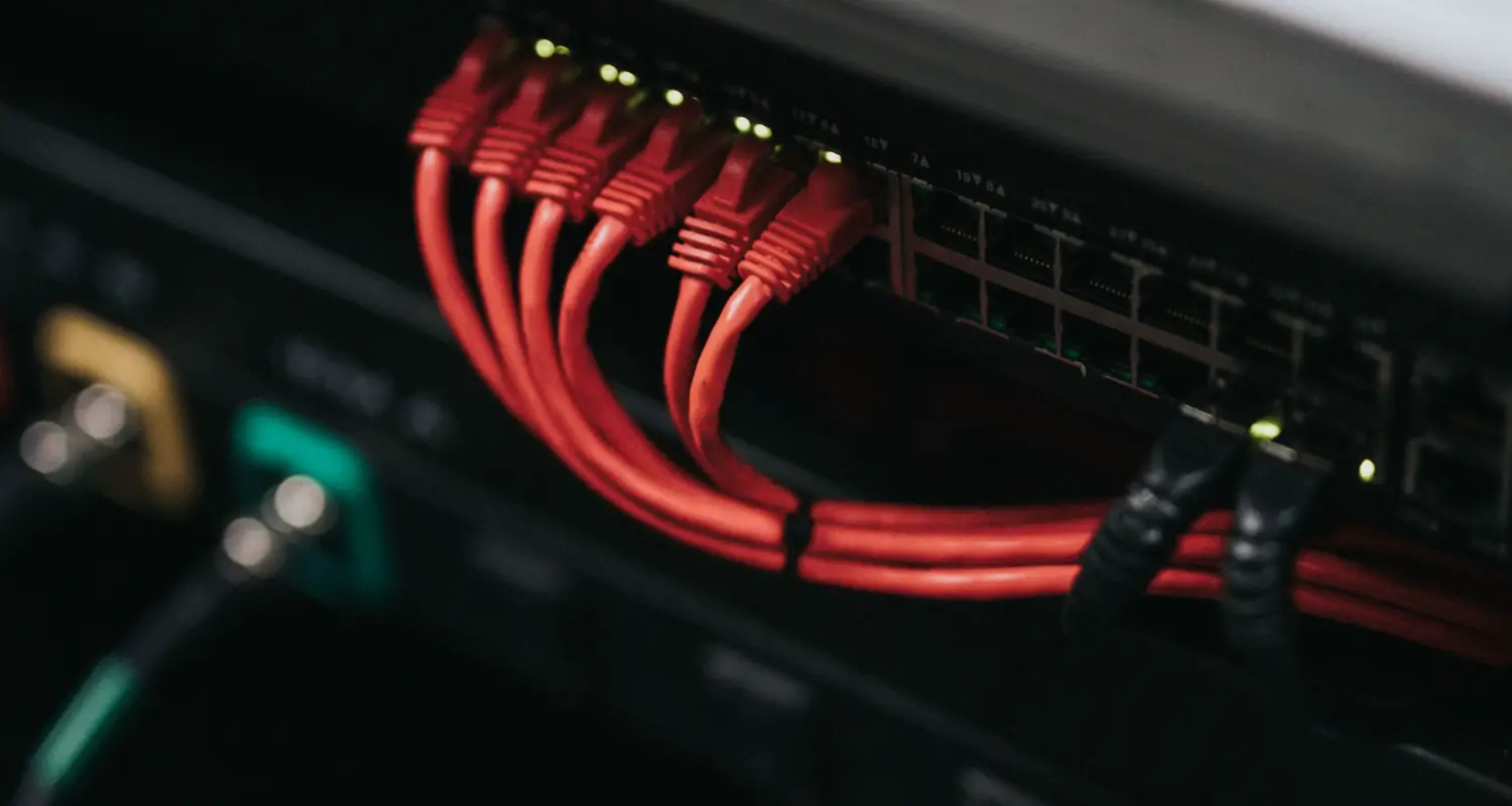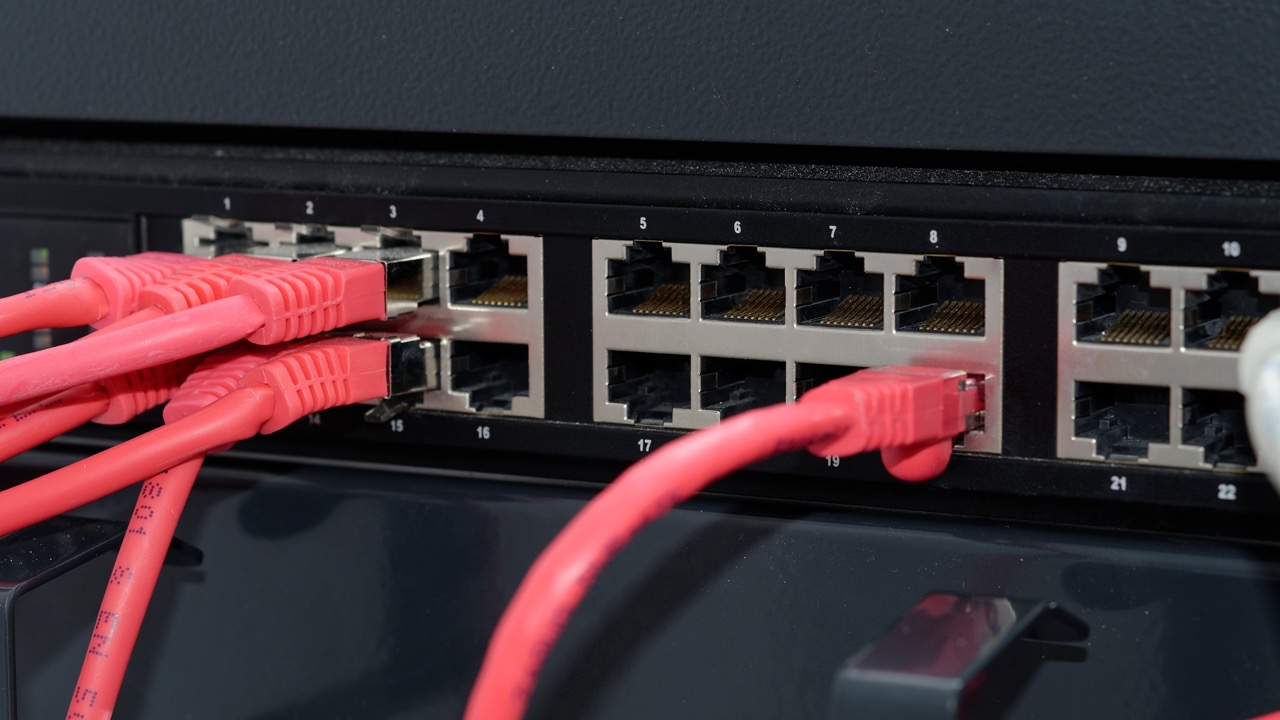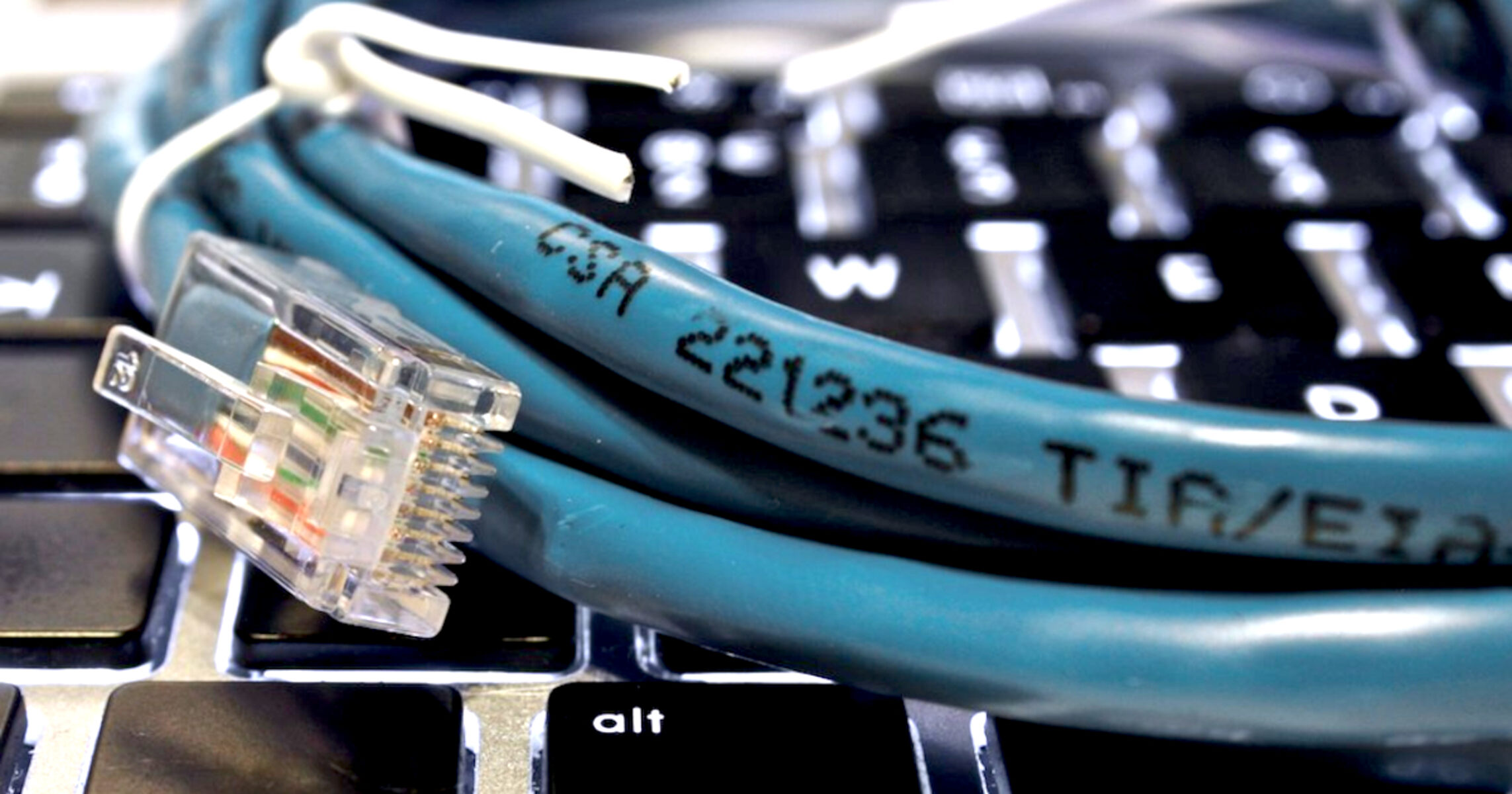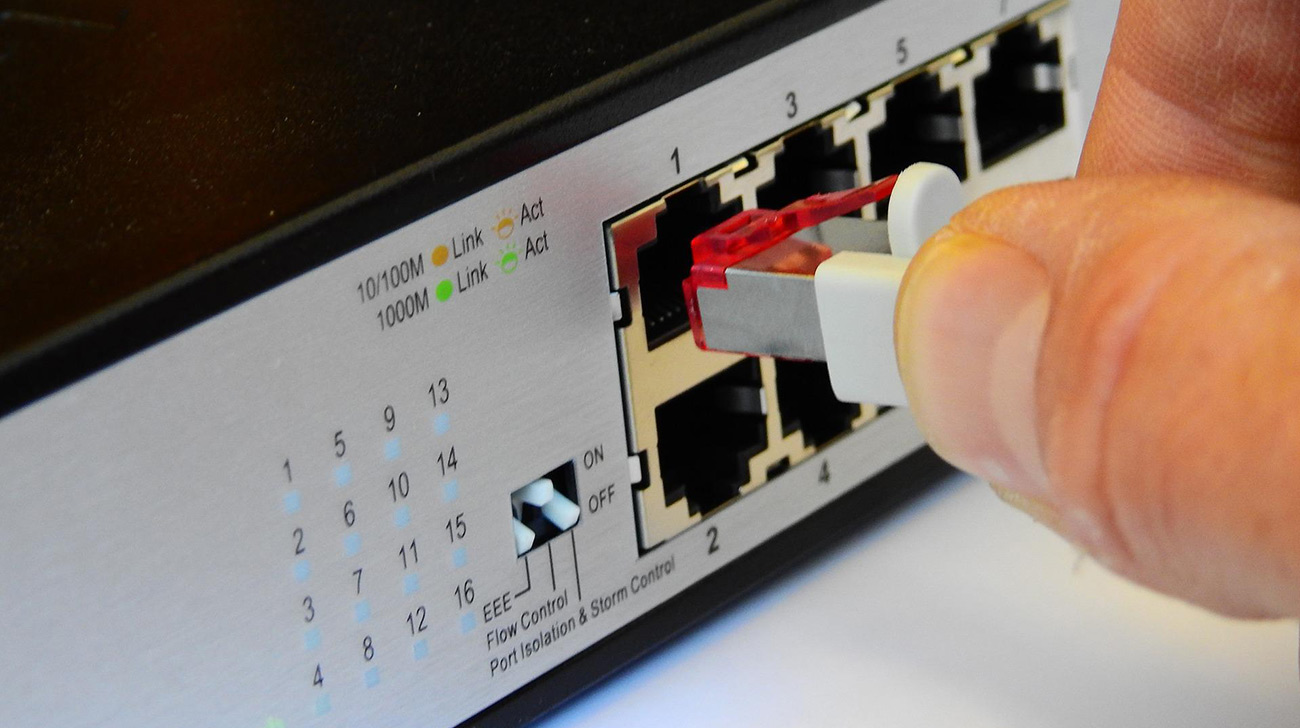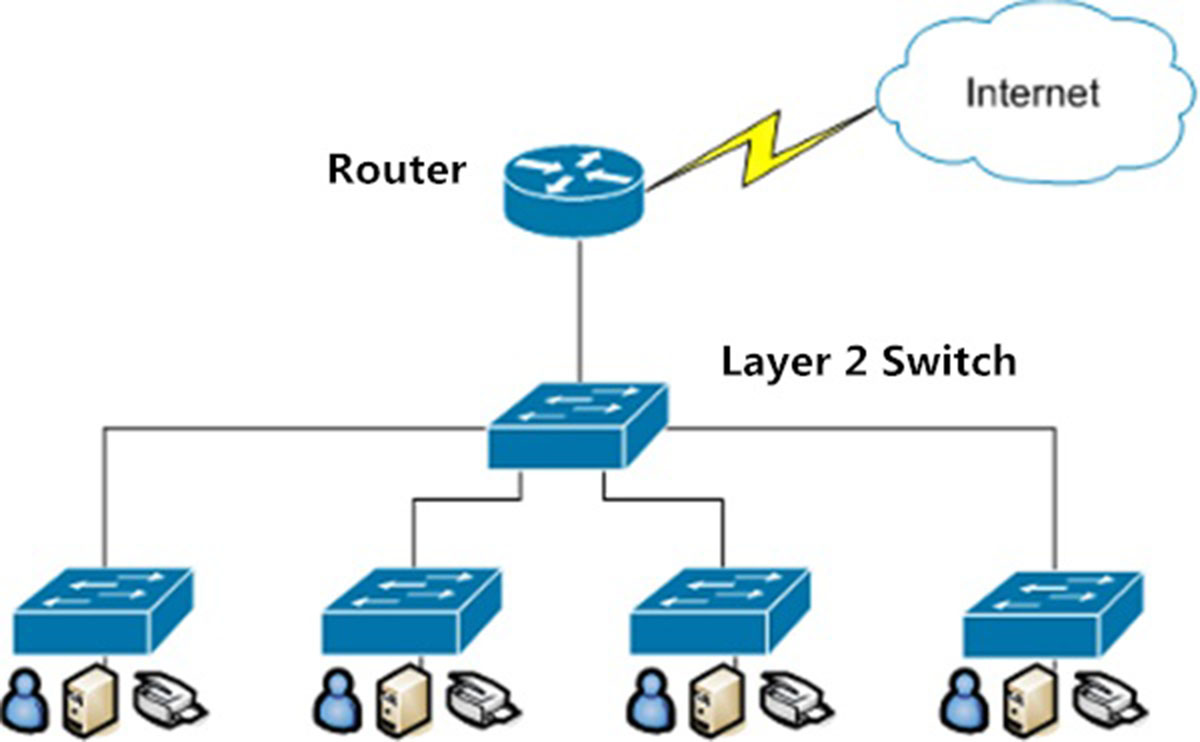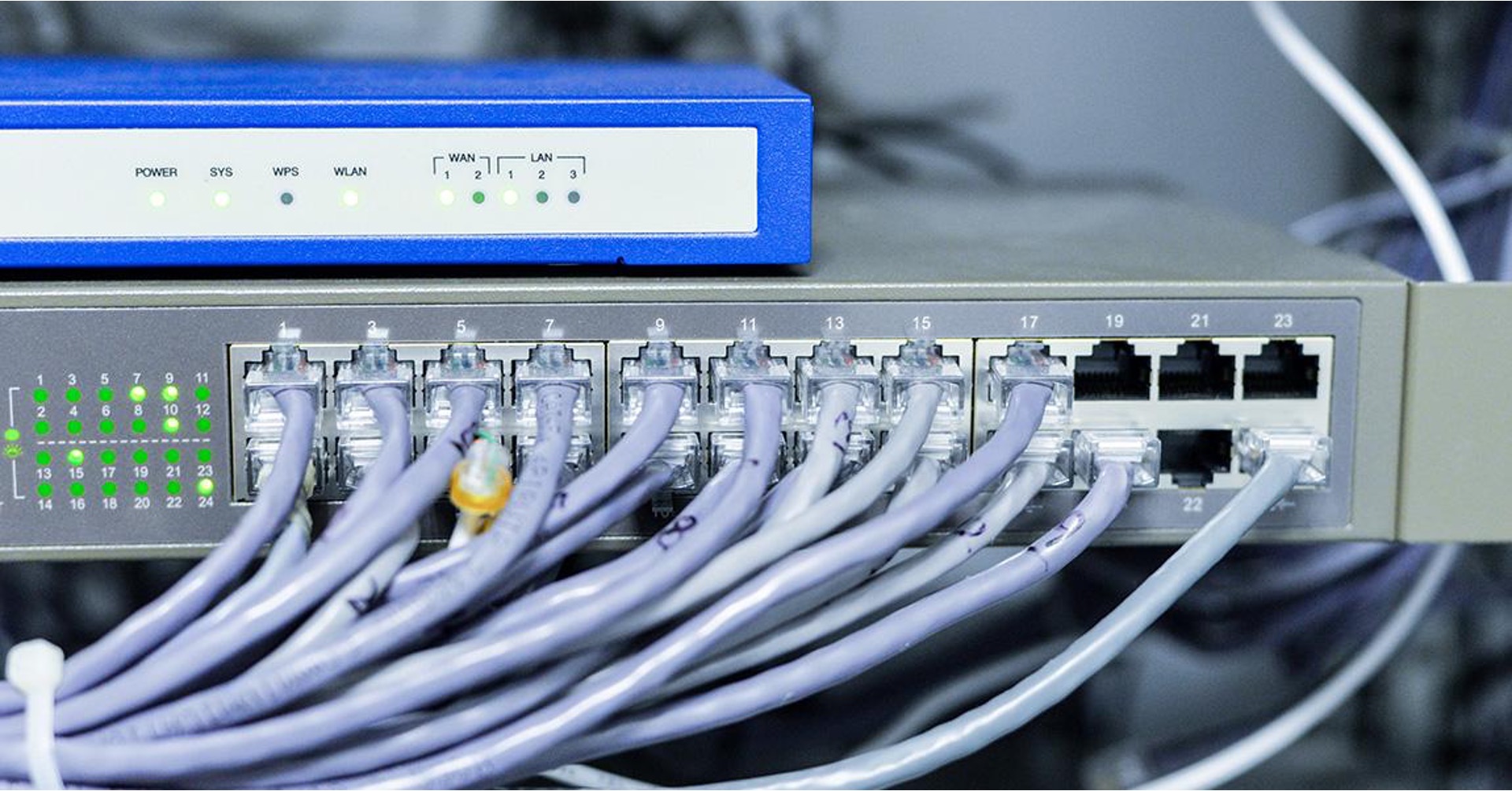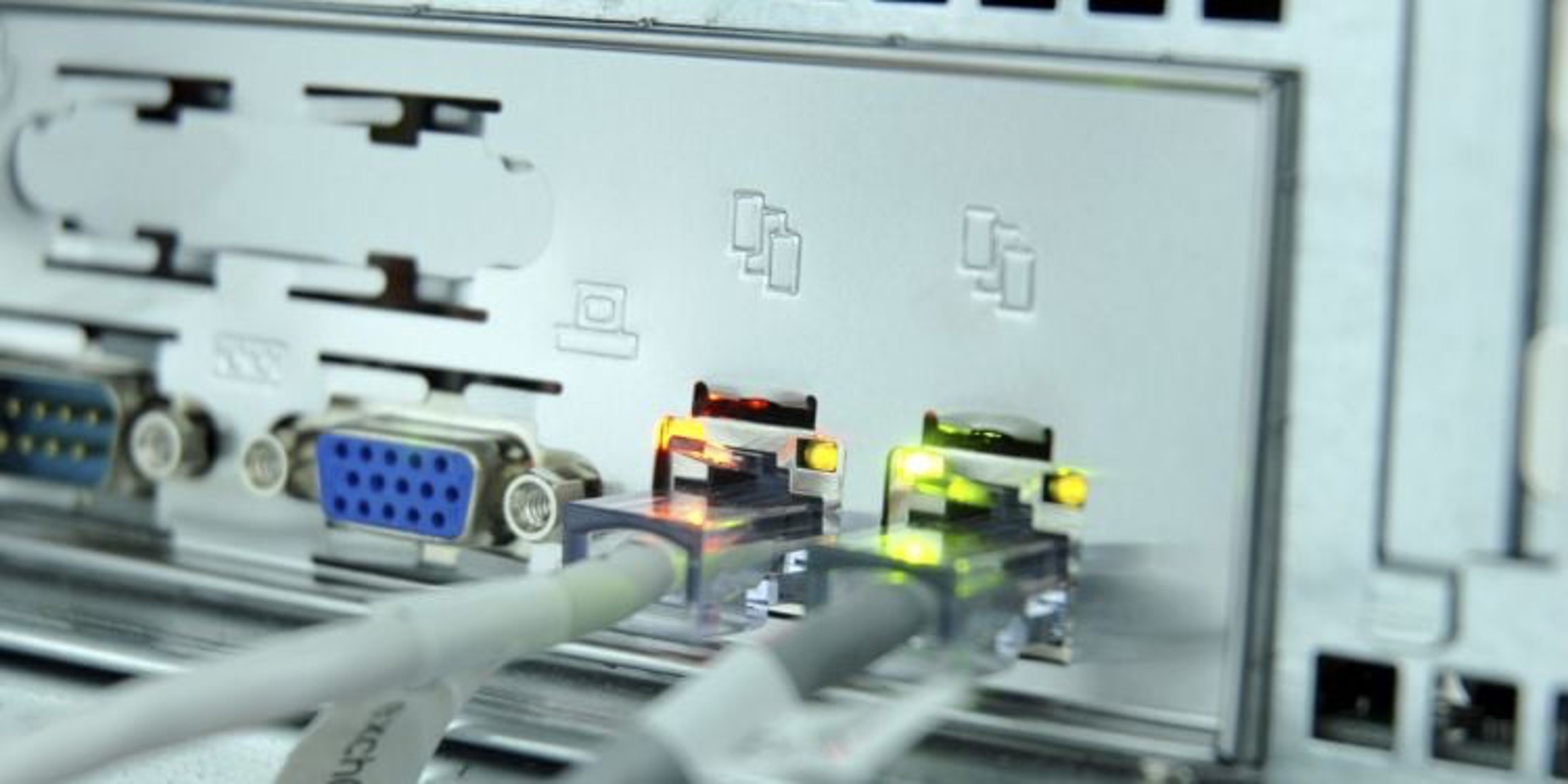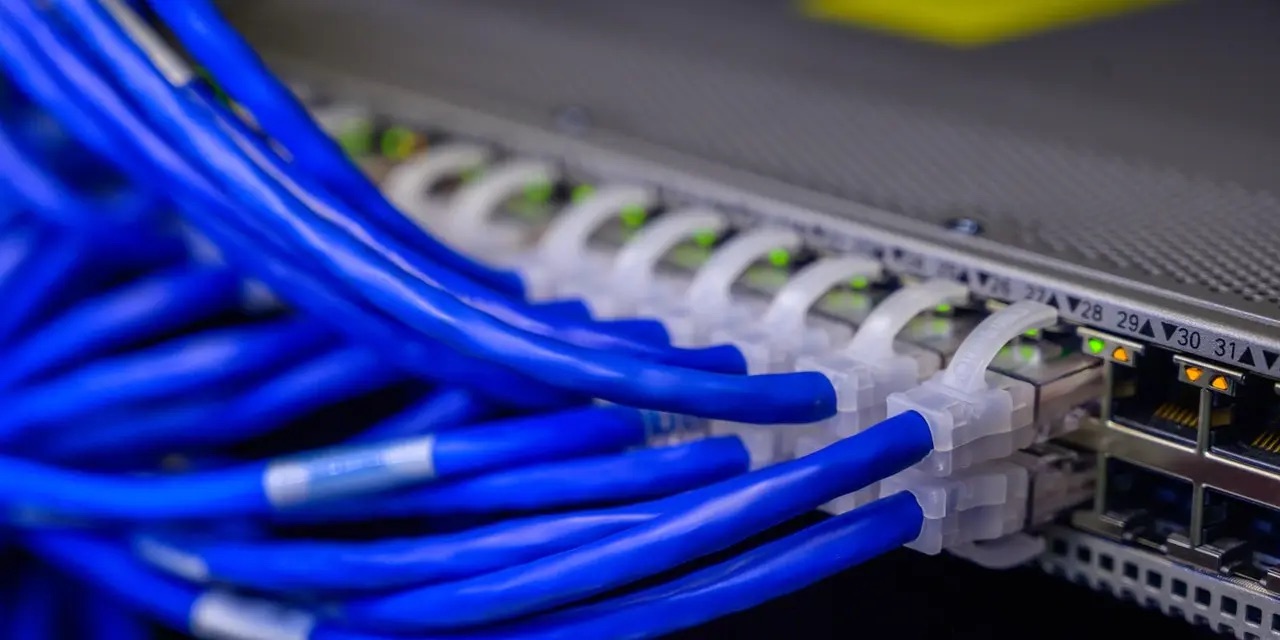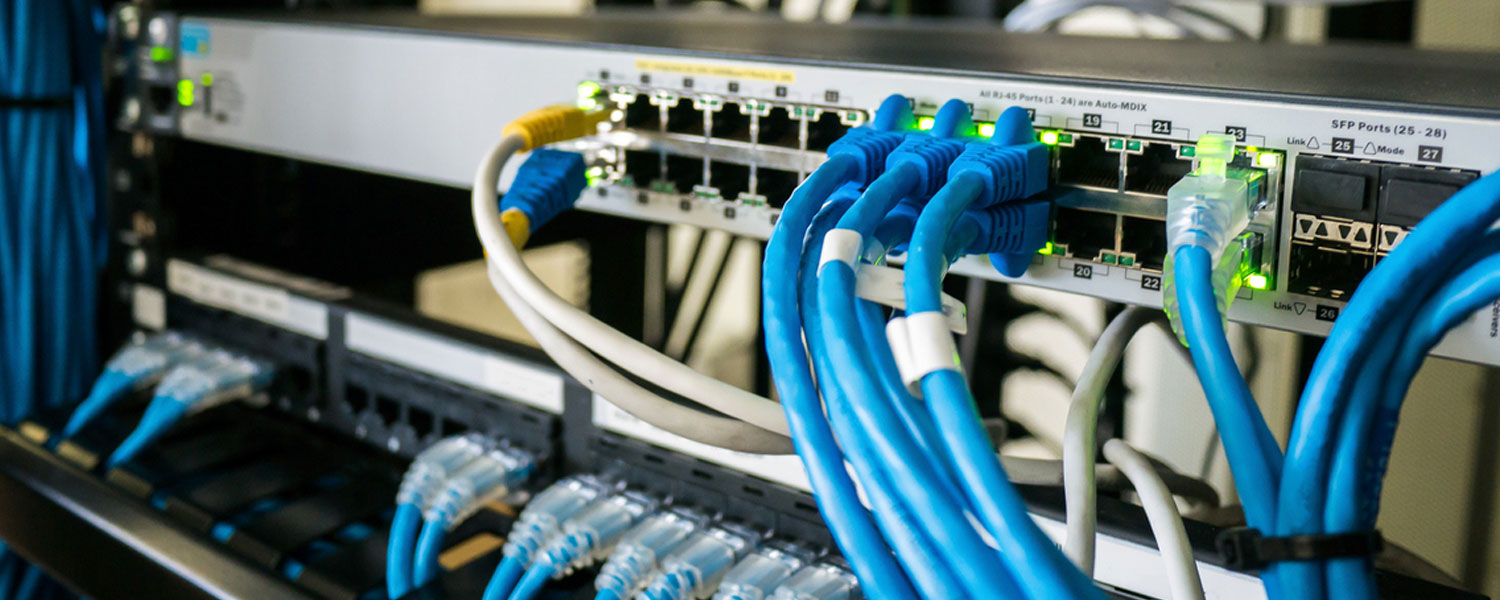Introduction
Understanding the Role of Network Switches in Your Infrastructure
Network switches are the unsung heroes of modern business operations, silently directing the flow of data within your organization's IT infrastructure. Whether you are a small business or a large enterprise, having a reliable and well-identified network switch is crucial for ensuring seamless communication and data transfer among your devices.
In today's interconnected world, the demand for fast and secure data transfer is ever-increasing. This is where network switches play a pivotal role. They act as intermediaries, efficiently routing data packets between devices within a local area network (LAN). By understanding the importance of network switches and knowing how to identify and configure them effectively, you can optimize your network's performance and ensure that your business operations run smoothly.
Network switches come in various shapes and sizes, ranging from small office/home office (SOHO) switches to enterprise-grade managed switches. Each type serves a specific purpose, catering to the unique networking needs of different organizations. Whether you are setting up a basic home network or managing a complex corporate infrastructure, having a clear understanding of your network switches is essential for maintaining a reliable and secure network environment.
In this guide, we will delve into the world of network switches, exploring the intricacies of identifying, configuring, and troubleshooting these critical networking components. By the end of this journey, you will be equipped with the knowledge and skills needed to make your network switch an identified and indispensable asset within your network infrastructure. Let's embark on this enlightening exploration of network switches and unleash their full potential within your organization's network ecosystem.
Understanding Network Switches
Network switches are intelligent devices that operate at the data link layer of the OSI model, facilitating the efficient transfer of data within a local network. Unlike hubs, which indiscriminately broadcast data to all connected devices, switches use MAC addresses to direct data packets only to the intended recipients, minimizing network congestion and enhancing security.
At their core, network switches are equipped with multiple ports, each serving as a connection point for devices such as computers, printers, servers, and other networked peripherals. When a device sends data to another device on the network, the switch intelligently forwards the data only to the port where the destination device is connected, optimizing data transmission and network performance.
Unmanaged switches, commonly found in home and small office environments, operate without user configuration, making them plug-and-play devices that require minimal setup. On the other hand, managed switches offer advanced features such as VLAN support, Quality of Service (QoS) prioritization, and network monitoring capabilities, providing greater control and customization for complex network environments.
Understanding the role of network switches in segmenting and directing network traffic is essential for optimizing network performance and ensuring efficient data transfer. By grasping the fundamental principles of how switches operate within a network, you can harness their capabilities to create a robust and responsive network infrastructure that meets the demands of your organization.
Identifying Network Switches
Identifying network switches within your infrastructure is a crucial step in managing and maintaining a reliable network environment. Whether you are setting up a new network or troubleshooting an existing one, knowing how to locate and differentiate between various switches is essential for effective network management.
Physical identification: Network switches are typically housed in compact, rectangular enclosures with multiple ports for connecting networked devices. They often feature indicator lights, or LEDs, next to each port to display link status, speed, and activity. Additionally, the front panel of a switch may display the manufacturer’s logo, model number, and other identifying information.
Logical identification: In addition to physical attributes, network switches can be identified through logical means, such as accessing their web-based management interfaces or using network discovery tools. Managed switches often come with unique IP addresses, allowing administrators to access their configuration settings and monitor their performance remotely. Furthermore, network discovery tools, such as SNMP (Simple Network Management Protocol) or specialized network management software, can scan the network for connected switches and provide detailed information about their make, model, and operational status.
Documentation and labeling: Maintaining accurate documentation and labeling of network switches is essential for streamlining network troubleshooting and maintenance. Creating an inventory of switches, including their physical location, IP addresses, and configuration details, can greatly facilitate network management tasks. Additionally, labeling each switch with a unique identifier, such as a name or serial number, can aid in quickly identifying and referencing specific switches within the network infrastructure.
By mastering the art of identifying network switches, you can effectively monitor, manage, and troubleshoot your network infrastructure, ensuring that your switches remain visible, accessible, and well-documented.
Configuring Network Switches
Configuring network switches is a critical aspect of optimizing their performance and tailoring them to meet the specific requirements of your network infrastructure. Whether you are setting up a new switch or fine-tuning an existing one, understanding the configuration process is essential for ensuring seamless data transfer and efficient network operations.
Initial setup: When deploying a new network switch, the initial configuration involves connecting the switch to the network, accessing its management interface, and setting basic parameters such as the device’s IP address, subnet mask, and administrative credentials. This step is crucial for establishing communication with the switch and gaining access to its configuration options.
Port configuration: Network switches offer various port configuration options, allowing administrators to customize the behavior of individual ports based on the connected devices’ requirements. This includes setting port speeds, enabling or disabling features such as Power over Ethernet (PoE), and configuring port-based VLANs to segment network traffic and enhance security.
VLAN configuration: Virtual LANs (VLANs) are a powerful feature of managed switches that enable the logical segmentation of a network into separate broadcast domains. By configuring VLANs, administrators can isolate traffic, enhance network security, and optimize bandwidth utilization. This involves assigning specific ports to designated VLANs and configuring trunk ports to carry traffic for multiple VLANs across interconnected switches.
Quality of Service (QoS) settings: QoS settings allow administrators to prioritize certain types of network traffic, ensuring that critical data, such as voice or video streams, receives preferential treatment over the network. By configuring QoS parameters, such as traffic classification, queuing mechanisms, and bandwidth allocation, administrators can optimize network performance and guarantee a consistent quality of service for essential applications.
By mastering the art of configuring network switches, you can tailor your network infrastructure to meet the unique demands of your organization, ensuring optimal performance, security, and reliability.
Testing and Troubleshooting
Testing and troubleshooting network switches is a fundamental aspect of maintaining a stable and efficient network infrastructure. By conducting thorough testing and promptly addressing any issues that arise, you can ensure that your switches operate reliably and deliver consistent performance. Here are essential steps for testing and troubleshooting network switches:
Link and port testing: Begin by verifying the physical connectivity and link status of each port on the switch. Use network testing tools, such as cable testers or network analyzers, to confirm that cables are properly terminated and that data can flow uninterrupted through each port. Additionally, check the switch’s LED indicators to identify any port-specific issues, such as link speed or activity problems.
Network traffic analysis: Utilize network monitoring tools to analyze the traffic patterns and performance of the switch. By examining network utilization, error rates, and packet loss, you can identify potential bottlenecks, anomalies, or performance issues within the switch’s operation. This information is invaluable for diagnosing and addressing underlying network problems.
Configuration verification: Regularly review and verify the switch’s configuration settings to ensure that they align with the network’s requirements and best practices. Check for inconsistencies, misconfigurations, or unauthorized changes that may impact the switch’s performance or security. Additionally, confirm that firmware and software versions are up to date to mitigate potential vulnerabilities.
Diagnostic testing: Managed switches often come equipped with built-in diagnostic tools, such as loopback tests, cable diagnostics, and packet capture capabilities. Leveraging these diagnostic features can help pinpoint hardware or connectivity issues within the switch and streamline the troubleshooting process.
Firmware and software updates: Stay proactive in keeping the switch’s firmware and software up to date. Manufacturers frequently release updates to address security vulnerabilities, enhance performance, and introduce new features. By regularly applying firmware and software updates, you can mitigate potential issues and ensure the switch operates optimally.
By incorporating thorough testing and proactive troubleshooting into your network maintenance practices, you can uphold the reliability and performance of your network switches, fostering a robust and resilient network infrastructure.
Conclusion
Network switches form the backbone of modern network infrastructures, facilitating the seamless transfer of data and enabling efficient communication among connected devices. Understanding the role of network switches, identifying their unique attributes, configuring them to meet specific requirements, and conducting thorough testing and troubleshooting are essential steps in harnessing the full potential of these critical networking components.
By delving into the intricacies of network switches, you have gained valuable insights into their operation and management. From the physical and logical identification of switches to the configuration of advanced features such as VLANs and Quality of Service settings, you have acquired the knowledge needed to optimize the performance and security of your network infrastructure.
Furthermore, mastering the art of testing and troubleshooting network switches empowers you to proactively address potential issues, maintain network stability, and uphold a resilient network environment. By incorporating best practices for switch management into your network maintenance routines, you can ensure that your switches operate reliably and deliver consistent performance, meeting the evolving demands of your organization’s networking needs.
As you continue to navigate the dynamic landscape of network technologies, remember that network switches are not just passive components within your infrastructure—they are intelligent, adaptable devices that play a pivotal role in shaping the efficiency and responsiveness of your network. By staying informed about emerging networking trends and advancements, you can leverage the capabilities of network switches to drive innovation and productivity within your organization.
Embrace the ever-evolving realm of networking, and let your newfound expertise in network switch management propel your organization toward a future of seamless connectivity and unparalleled performance.







